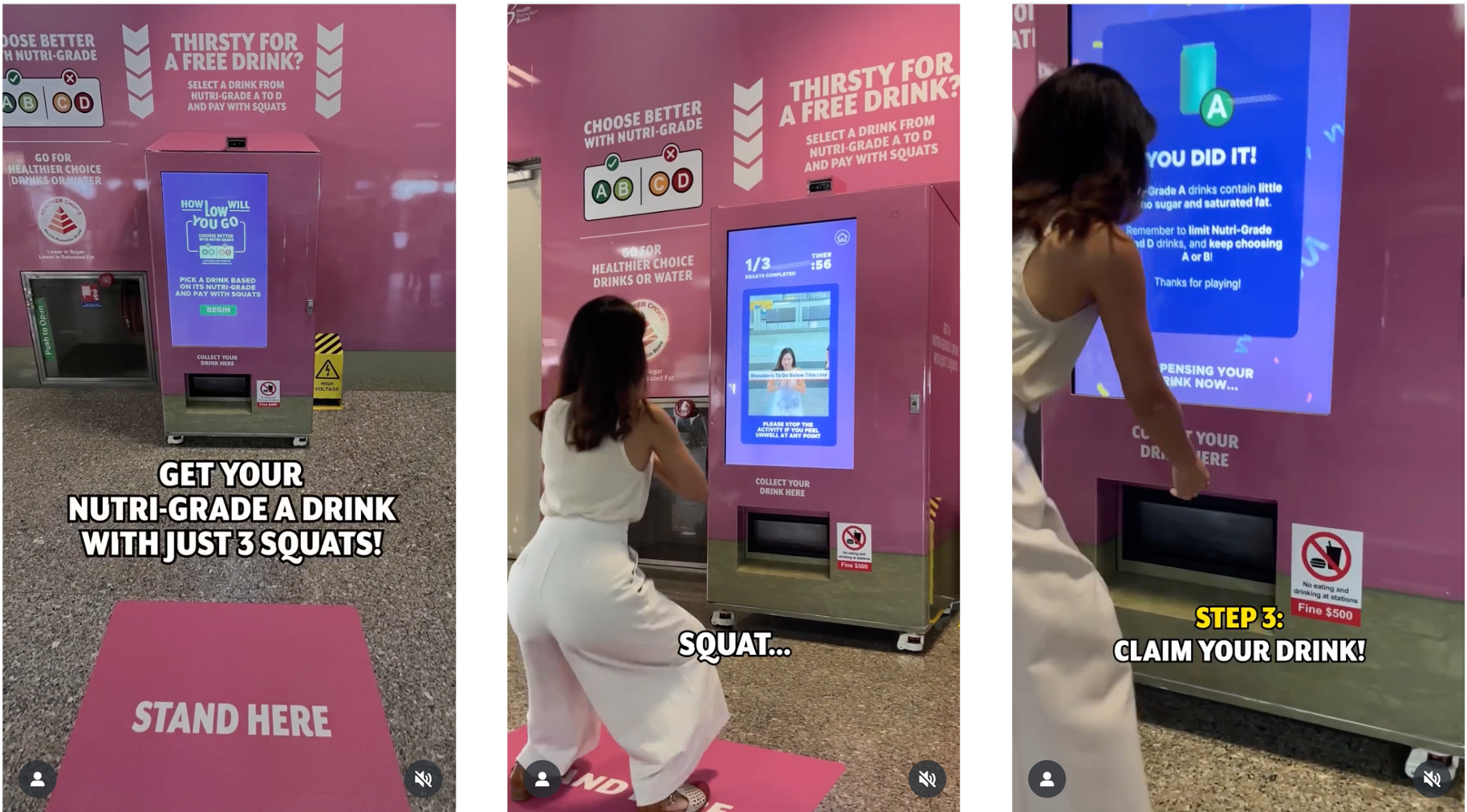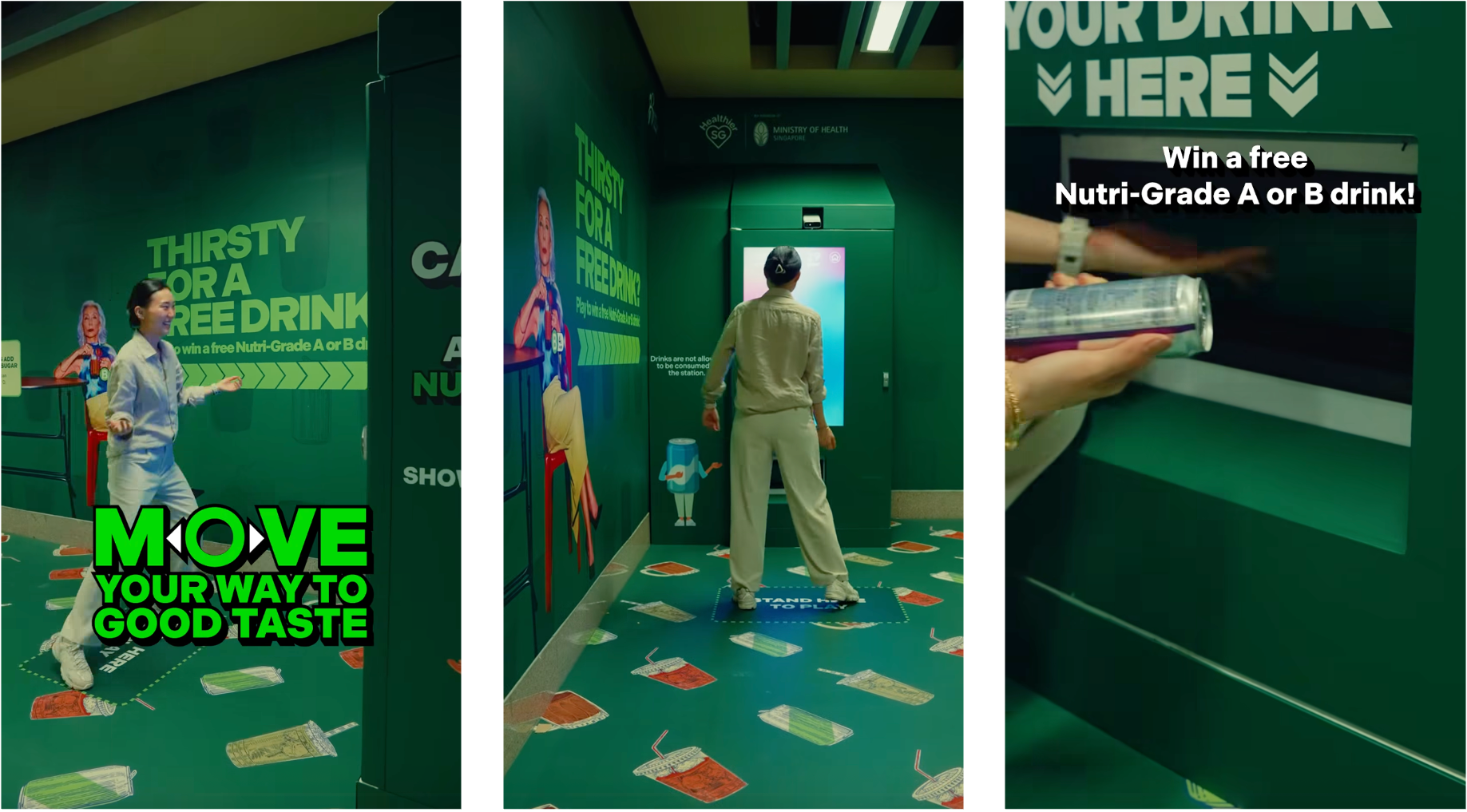How to get consumers to pay attention to – and understand – on-pack nutrition labelling is a challenge. For decades, public health experts have argued that providing more information on product labels will help reverse the tide of obesity and overweight. As a result, the last 10-15 years have seen an array of labelling schemes being introduced, from Australia’s health star ratings to Europe’s Nutri-Score system. Whether these will make any difference remains to be seen – so far, the evidence is weak.
In Singapore, public health authorities have taken a creative initiative to increase consumer knowledge and awareness of the country’s Nutri-Grade system, introduced by the Ministry of Health in December 2022. The system is currently used on beverages only (both prepackaged and freshly prepared), with labelling for prepackaged salt, sauces, seasonings, instant noodles and cooking oil coming into force in 2027.
Beverages are given a score from A to D based on their sugar and saturated fat content. Drinks labelled A and B contain less than 5g of sugar and 1.2g of saturated fat per 100ml; C means they contain 5-10g sugar and 1.2-2.8g saturated fat; and D means they contain more than 10g sugar and 2.8g saturated fat per 100ml. Only drinks with a score C or D are required to carry the label front-of-pack; for products with A or B it’s optional. Any advertising of drinks that score D is prohibited.

Image source: https://www.healthhub.sg/programmes/nutrition-hub/nutri-grade-mark
Wanting to raise awareness of the system and educate consumers in how it works, Singapore’s Health Promotion Board, part of the country’s Ministry of Health, has taken a ‘gamified’ approach to consumer education. As part of a national campaign launched in the spring of 2025, a range of vending machines were introduced that allowed consumers to win free products by playing certain games. At the Serangoon metro station, for example, consumers could play a game where they needed to move around in front of a screen to “catch” A and B-rated drinks while dodging C and D drinks. Another example saw consumers having to do squats to claim a free drink. The better the Nutri-Grade rating the drink had, the lower number of squats they had to do: for a drink rated D, 30 squats were required while a drink rated A only required 3.

Image source: Health Promotion Board on Instagram
According to Singapore’s Ministry of Health, Nutri-Grade led to more than two thirds of beverages sold now being graded A or B, which is more than twice as many as before Nutri-Grade was introduced. However, a randomised trial published in 2023 found that while the label did reduce sugar from beverages purchased by 1.5g per serving, it did not have a significant effect on overall diet quality. It concluded that “to improve overall diet quality in Singapore, additional measures will be needed.”

Image source: Health Promotion Board on Facebook

